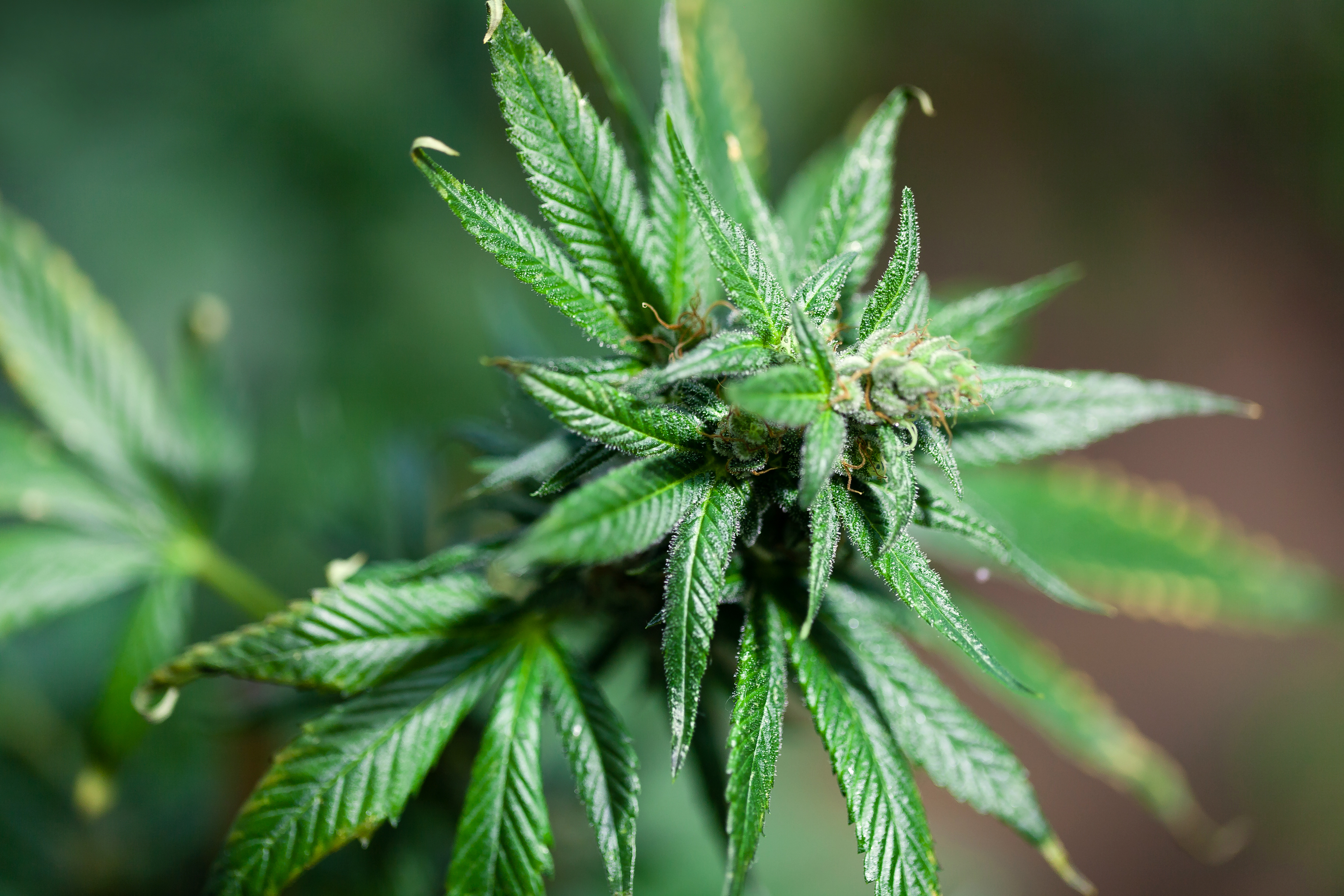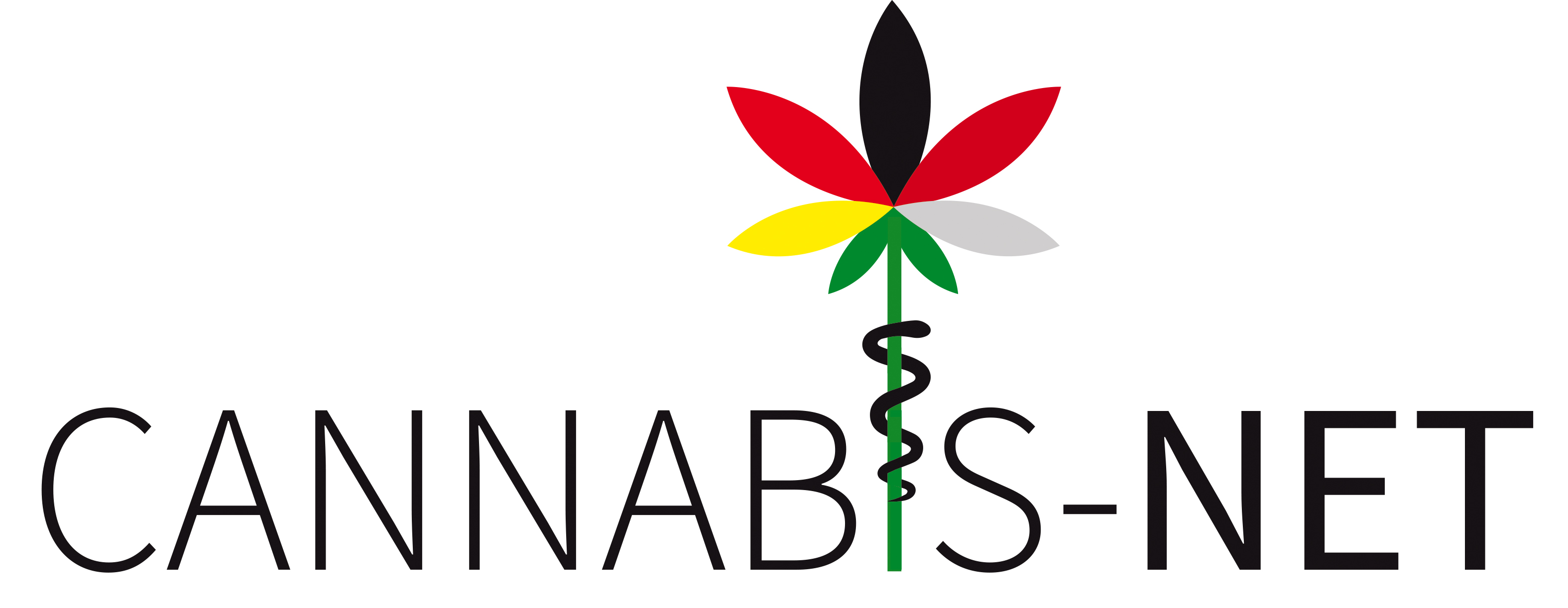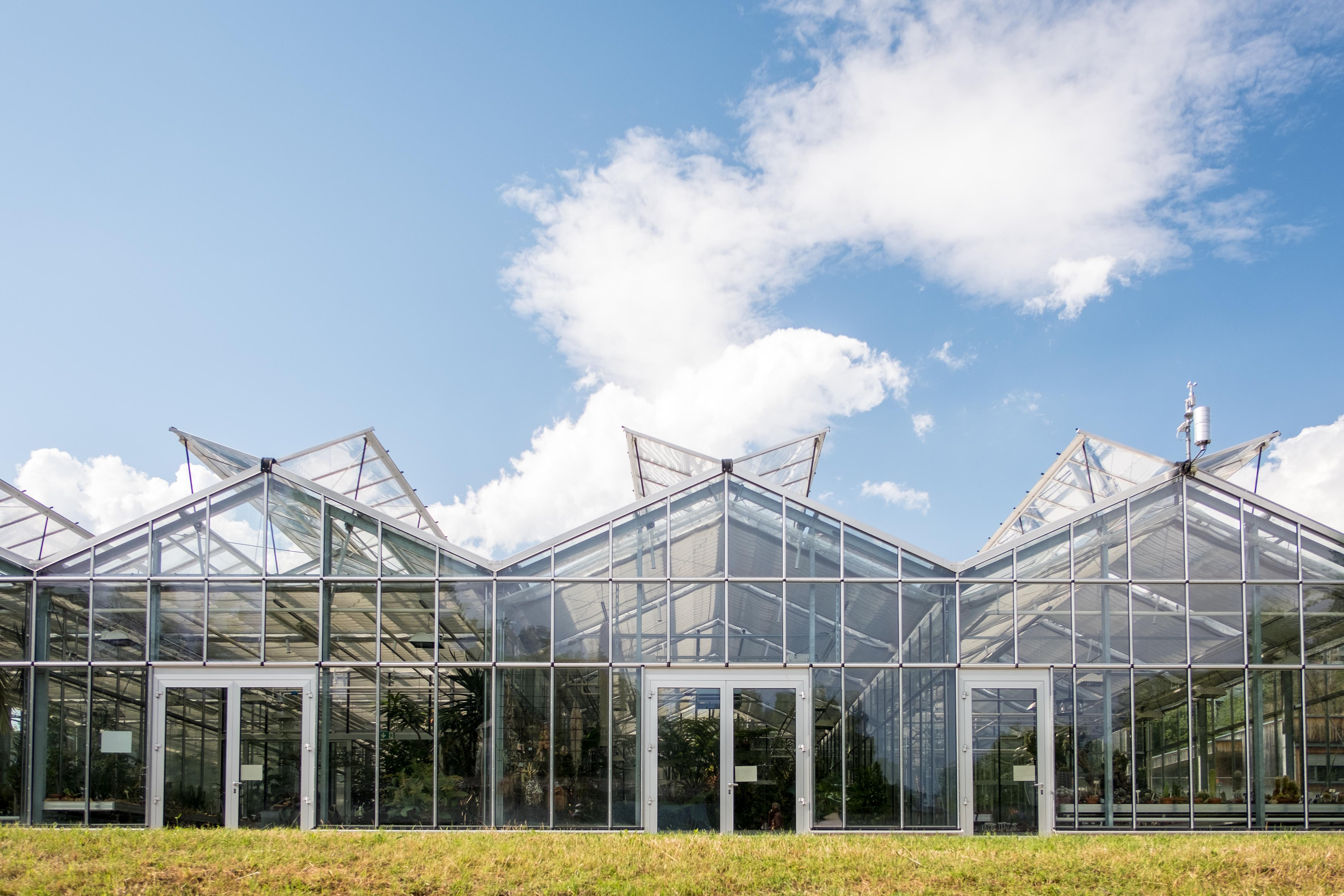Phytopharmaceuticals
Medicinal cannabis to be grown in Germany
Anyone who thinks hemp is just an inconspicuous plant, whose ingredients can be used, at best, as an intoxicant, can quickly be proven wrong. Besides being used as a valuable raw material for textiles and building materials, the plant has great potential as a medicinal drug. The CANNABIS-NET network, coordinated by the University of Hohenheim, has been set up to establish the basis for producing medicinal hemp in Germany.
 Cannabis sativa contains numerous valuable, medically effective ingredients. © University of Hohenheim, Astrid Untermann
Cannabis sativa contains numerous valuable, medically effective ingredients. © University of Hohenheim, Astrid UntermannMost of us probably associate hemp (Cannabis sativa) with its use as a narcotic: the cannabis products marijuana and hashish are considered the world's most widely used illegal drugs; the hemp varieties used for this purpose contain psychoactive tetrahydrocannabinol (THC) in quantities well over 0.2 percent. THC is the ingredient responsible for the intoxicating effect. For this reason, the cultivation and use of hemp in Germany is only permitted under strict conditions. In 2017, the conditions were somewhat relaxed insofar as cannabis was recognised as a medicinal drug.
So-called industrial hemp is a cannabis variety with an extremely low THC content of less than 0.2 percent. This plant has been cultivated and used for many thousands of years. It is a renewable raw material used in a wide range of applications: the fibres can be used to produce textiles, building materials or heating material, amongst other things; the seeds are used for food such as oil, protein powder and muesli grains or for personal hygiene products.
Cannabis for personalised medical therapies
However, THC is not the only ingredient of interest for medical use. Other hemp cannabinoids like CBD (cannabidiol), CBG (cannabigerol), CBC (cannabichromene), CBN (cannabinol) also play a role in numerous applications. Medicinal cannabis strains are of major interest for producing medicinal products, as they contain extremely low amounts of THC (below 0.2 percent). Instead, they contain a lot of phytocannabinoids, which are said to have a medical effect. "Strains rich in phytocannabinoids, known as PCR strains, contain 10 to 20 percent of these cannabinoids", explains Prof. Dr. agr. Simone Graeff-Hönninger, agricultural scientist at the University of Hohenheim and medicinal hemp expert. "In addition, they contain large amounts of terpenes and flavonoids that might also be suitable for medical applications."
 Logo of the international CANNABIS-NET network © University of Hohenheim, Pia Rebhorn
Logo of the international CANNABIS-NET network © University of Hohenheim, Pia RebhornThe therapeutic applications of medicinal cannabis are diverse and currently range from anti-inflammatories and painkillers to treatment of epilepsy, rheumatism and asthma. "We know that there are more than 100 different cannabinoids in the hemp plant, a total of well over 500 medically active ingredients", said Graeff-Hönninger. "The medical effect is achieved by all the components interacting together - the so-called entourage effect. This is what makes medicinal hemp different from a standard drug that only has a single active ingredient. However, this can mean that a certain combination works very well in one patient but not in another. The reason for this lies in the individual differences in the human endocannabinoid system. Therefore, in future, cannabis medicine will lead us towards individual treatment - in other words, personalised medicine. For example, certain cannabis strains could be selected specifically for a patient or individual mixtures of extracts could be created for a specific individual. In my opinion, this is where the enormous potential of cannabis medicine lies." Although research is being carried out into new therapies and applications of medicinal cannabis in Germany, for example at the Ludwig Maximilian University in Munich or the Humboldt University in Berlin, no German companies have yet produced any medicinal drugs.
Creating the basis for cultivating medicinal cannabis
 The medicinal hemp plants used by CANNABIS-NET can only be grown under strict conditions in the University of Hohenheim greenhouses. © University of Hohenheim, Florian Gerlach
The medicinal hemp plants used by CANNABIS-NET can only be grown under strict conditions in the University of Hohenheim greenhouses. © University of Hohenheim, Florian GerlachAny remaining doubts about the positive benefits of hemp cultivation and breeding under controlled conditions should therefore have been dispelled. However, due to decades of strict prohibition of cannabis use in Germany, the medical potential has been neglected and not investigated until now. The CANNABIS-NET network, coordinated by the University of Hohenheim, was set up in April 2019 to change this situation. The partners are working together in an international ZIM (Zentrales Innovationsprogramm Mittelstand) network to create the basis for producing medicinal hemp - phytocannabinoid-rich (PCR) hemp - in Germany. "Our vision is first to establish a cannabis market in Germany and then, of course, to act as a positive influence on it," says Katrin Scherer, network manager of CANNABIS-NET. "Prior to legalisation, no one involved in CANNABIS-NET had focused on this. Our first task is to establish this research branch, and then of course build up knowledge. Plant properties, technologies for extraction and applications - all of this now needs to be tested and developed."
The international network is composed of 17 German companies representing the complete cannabis value chain as well as eight Canadian companies. Canada currently occupies a leading role in the global legal cannabis business, so the German partners will be able to learn from their experience and Canadian companies will benefit from the German market. "A win-win situation", said Scherer. "German companies learn from the Canadians. Conversely, the Canadians can easily enter the German market, because up to now we have not really grown cannabis ourselves."
Research and development are strictly controlled
In general, the requirements for working with hemp plants are high. "In Germany, there are only a few licenses for this, and they are only allocated every few years in allocation rounds. This means that not every partner company has its own licence, which is why well-coordinated cooperation with the University of Hohenheim, which does hold a licence, is necessary", said the network manager. "But of course, we also have regular controls. Only plants of certain strains with a THC content of less than 0.2 percent are grown in the greenhouse. This means that new technologies must be tested under strict conditions on our university campus. This can be a challenge for the partner companies if they do not have direct access to the plants."
Several projects have been initiated since the network was launched. One of the main areas the development work is focusing on, for example, is to guarantee medical standards. "As a natural product, the ingredients can naturally vary from plant to plant", said Scherer. "But for medicinal products, we need uniform high quality, which must be ensured through standardisation measures in accordance with the GMP guidelines that apply in our country." But other topics such as breeding and cultivation, strains and the automation of plant processing are also being investigated and developed in the network. Initial results are expected in around one to two years' time.